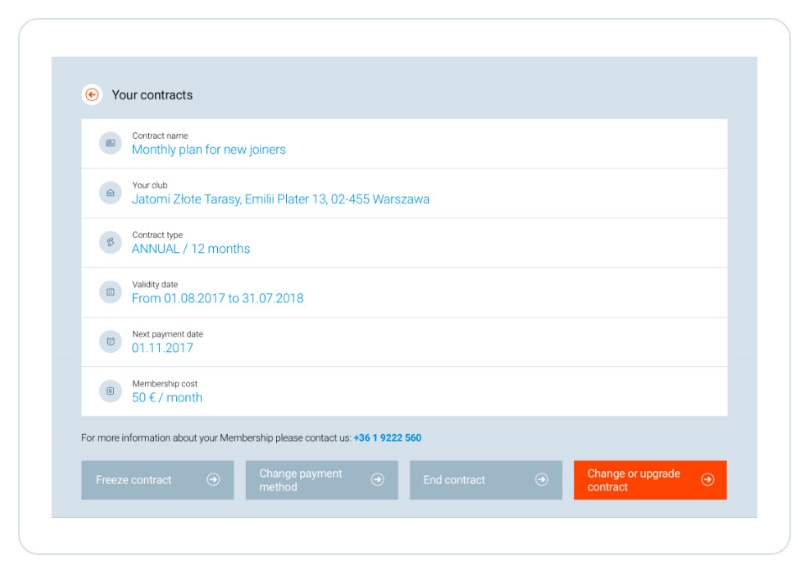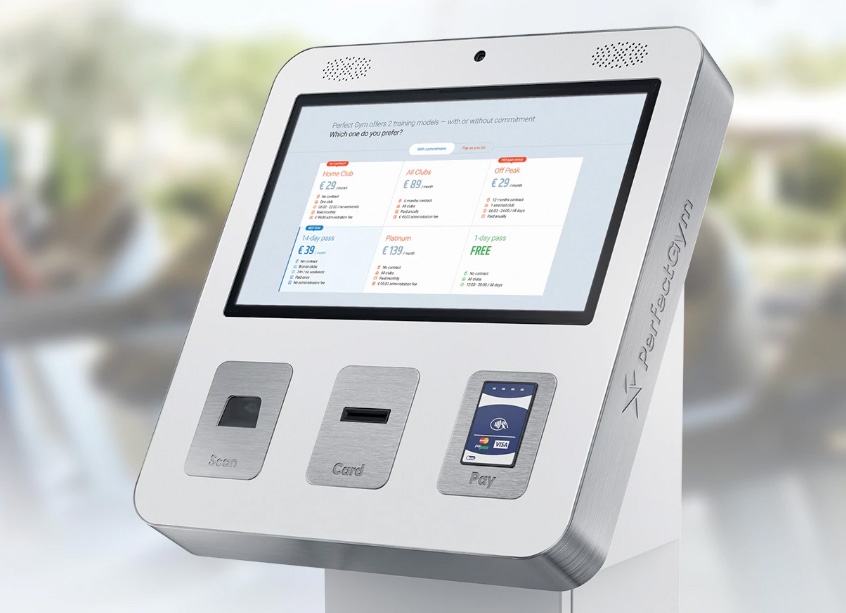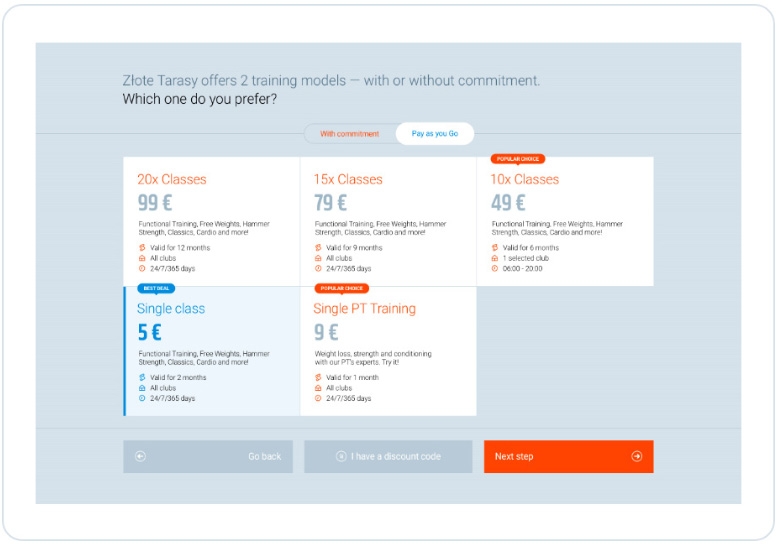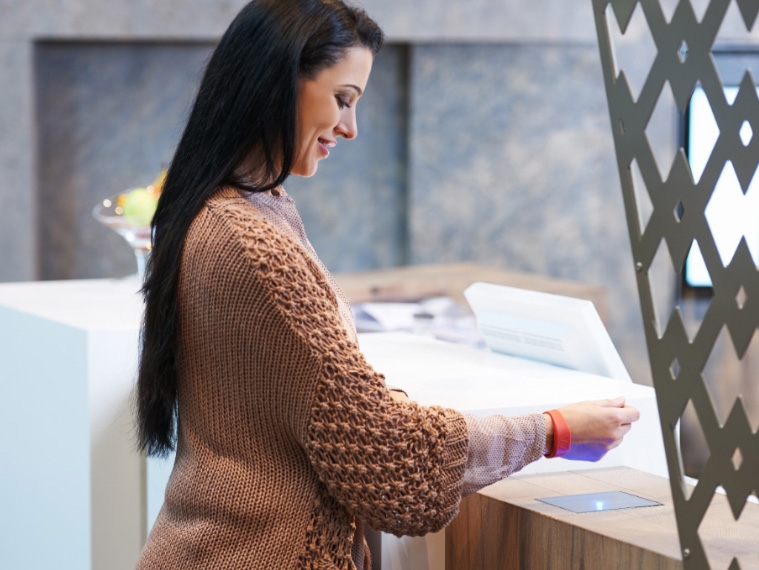

Fitness facilities are constantly adapting new technology to keep up with consumer demands, whether that’s new exercise equipment or digital tools and applications that cater to your customers.
As gyms have become increasingly self-operating with the help of fitness and management technology, one of the most impactful tools gyms can use are in-house kiosks.
Kiosks differ from traditional technology in the number of functions they can perform without requiring direction from staff or management. In fact, as kiosks become more digitally sophisticated, they can essentially perform most tasks and responsibilities that traditionally required in-person encounters. What’s more, the beauty of self-service kiosk is its capacity for customization; it can be tailored with the exact functions you need for your gym, whether it be class registration, dispersing items, or managing client payments.
This small but customized functions of a kiosk can be your club’s secret weapon for both streamlining club administrational duties and customer engagement.
Staff Relief with Increased Member Autonomy
The most obvious benefit of a self-service kiosk is the reprieve it can bring your staff. Kiosks can be situated at your front desk to take care of various functions, eliminating the need to have as many staff members working reception at once. They provide your members with the ability to perform basic functions of their memberships autonomously, leaving your staff free to focus on personalizing their gym experience.

The most common kiosk functions include:
- Member registration
- Member payment processes via card reader
- Online bookings
- Account management
Many fitness facilities have provided these opportunities through online client portals or mobile applications, but a kiosk conveniences the client even further by providing a platform for them. By integrating credit card readers, members can easily settle their payments or autonomously take advantage of upselling offers customized by the gyms
Often times, gym members are scared off of attending provided fitness opportunities if sign up procedures are perceived as “complicated”. Kiosks provide a platform for members to sign up, check schedules and attendance, or even pay for classes autonomously. Similar measures can be followed in order for members to sign up for personal trainers.

Since kiosk design and use tend to parallel the same UX found through the club’s client portals or gym mobile apps, they can be a great first step in convincing your members to become more engaged with your services through these platforms. Through a kiosk or mobile app, members can take advantage of other customized benefits, like exercise or diet plans created by trainers or signing up for special club events or activities.
Benefits of E-signature Integration

Another advantage of a kiosk compared to other digital consumer interfaces is their easy e-signature capabilities for important member documents. Digital signatures eliminate the need for unnecessary paperwork while clients are completing important membership documents as well as provide for simple digital storage.
24 Hour Capabilities
With the broad functionalities, especially in front-desk task management, a kiosk is a great way to extend your gym’s working hours without needing employ night shift staff. They can be used for a range of check-in processes, including diverse access controls. Different access controls can be anything from traditional member key cards, or biometric measures like finger print scanning.
Kiosks, however, easily provide more opportunities than sophisticated access control systems alone. Members can still enjoy the option of self-service through a kiosk, allowing them to pay fees or sign up for classes at any time they visit, regardless of if there is a working staff member.
Regulation and Disbursal of Member Materials
Many clubs have taken advantage of the kiosk integration to print and disperse important materials for your fitness club. For example, in addition to card reading and basic access controls, kiosks can create and print members card autonomously.
For increased security and member fraud prevention, many clubs have also moved to issuing unique QR codes to members’ phones via SMS, email or mobile app that the user can use to scan for club entry. This is especially useful during night hours if clubs are operating through self-operating technology instead of on-site staff. Similarly, these scanners can also be used for members to redeem special offers or coupons provided by your club.

For fitness classes, kiosks can also print and distribute wristbands for members signed up for that particular class. This easily deals with crowd management, check-in and waitlist issues with no additional stress on the instructor during hectic periods of beginning classes.
Closing Thoughts
While many gyms have readily adopted self-operating technology like automated access controls, implementing a kiosk is a great next step in terms of offering self-service. Kiosks are a small but actionable method to boost customer autonomy to the advantage of both members and management.
Most importantly, the addition of kiosk provides the overwhelming benefit of freeing up your staff to offer unparalleled customer service without tying them down with basic operational procedures.